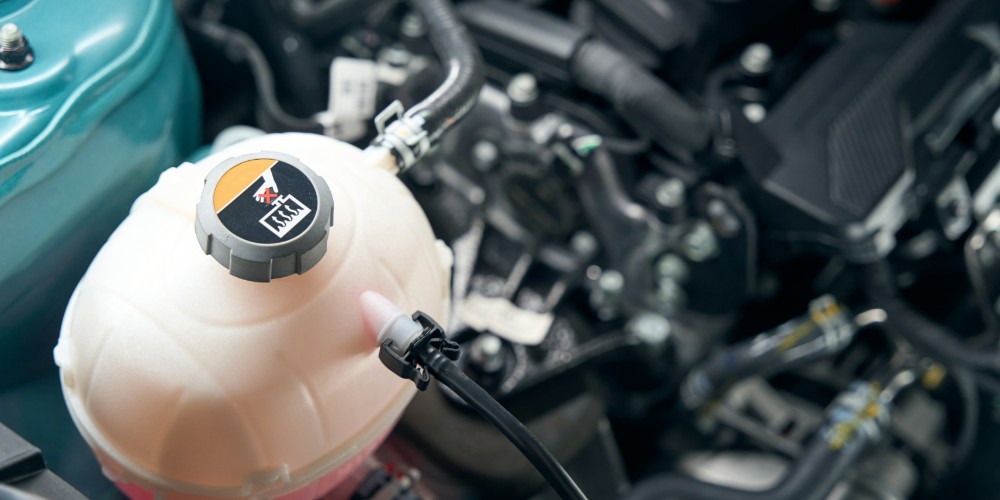A guarantor loan is a type of unsecured loan that involves a third party – the guarantor – who commits to covering the repayments if the main borrower is unable to. This guide delves into the implications of missed payments on such a loan, highlighting the potential consequences for both the borrower and the guarantor.
The immediate aftermath of a missed payment
When a borrower misses a payment on their guarantor loan, it doesn’t go unnoticed. The lender typically:
1. Contacts the borrower: The lender will usually send reminders, either via email, post or phone, highlighting the missed payment and providing details on how to make the payment.
2. Charges fees or penalties: Most lenders will charge a late fee if the payment isn’t made within a specific timeframe. This additional charge will be added to the outstanding balance.
3. Impacts on credit report: A missed payment can appear on the borrower’s credit report. Depending on the lender’s policies and the delay’s length, this can adversely affect the borrower’s credit score.
Involving the guarantor
If the borrower doesn’t address the missed payment even after reminders and incurred charges:
1. Contacting the guarantor: The lender will approach the guarantor to inform them of the situation and request payment. It’s the guarantor’s responsibility, based on their agreement, to make the payment if the borrower can’t.
2. Implications for the guarantor’s credit: If the guarantor also fails to make the payment after being approached, it can damage their credit history, similar to the borrower.
Escalating the debt
When payments continue to be missed, the situation becomes more serious:
1. Accumulating interest and charges: The longer the loan remains unpaid, the more interest and charges accumulate. This can significantly increase the total amount owed.
2. Threat of legal action: If neither the borrower nor the guarantor makes the required payments, the lender might threaten or initiate legal action to recover the debt. This can include getting a County Court Judgement (CCJ) against the borrower or guarantor.
Long-term consequences
1. Creditworthiness: A history of missed payments, especially on guarantor loans, can hinder both the borrower and the guarantor’s ability to secure loans or credit in the future. Credit reference agencies will have this information on record, making future borrowing more difficult and potentially more expensive.
2. Strained relationships: Beyond the financial implications, defaulting on a guarantor loan can strain the relationship between the borrower and the guarantor. Trust can be broken, and it might be challenging to mend the relationship afterwards.
How to handle missed payments
If you find yourself in a position where you might miss a payment or already have, take the following steps:
1. Contact the lender: It’s crucial to communicate with the lender immediately. Some lenders might be willing to negotiate or offer a payment plan.
2. Inform the guarantor: If you’re the borrower, it’s good practice to inform your guarantor about any financial difficulties you’re facing. They have a right to know since they’re potentially liable.
3. Seek financial advice: Organisations like the National Debtline in the UK can offer guidance on managing debt and provide potential solutions.
In conclusion, missed payments on a guarantor loan can have severe implications for both the borrower and the guarantor. Communication, transparency, and proactive management are vital in avoiding or mitigating these repercussions.
🚗 You can read more about the risks with guarantor finance here.





